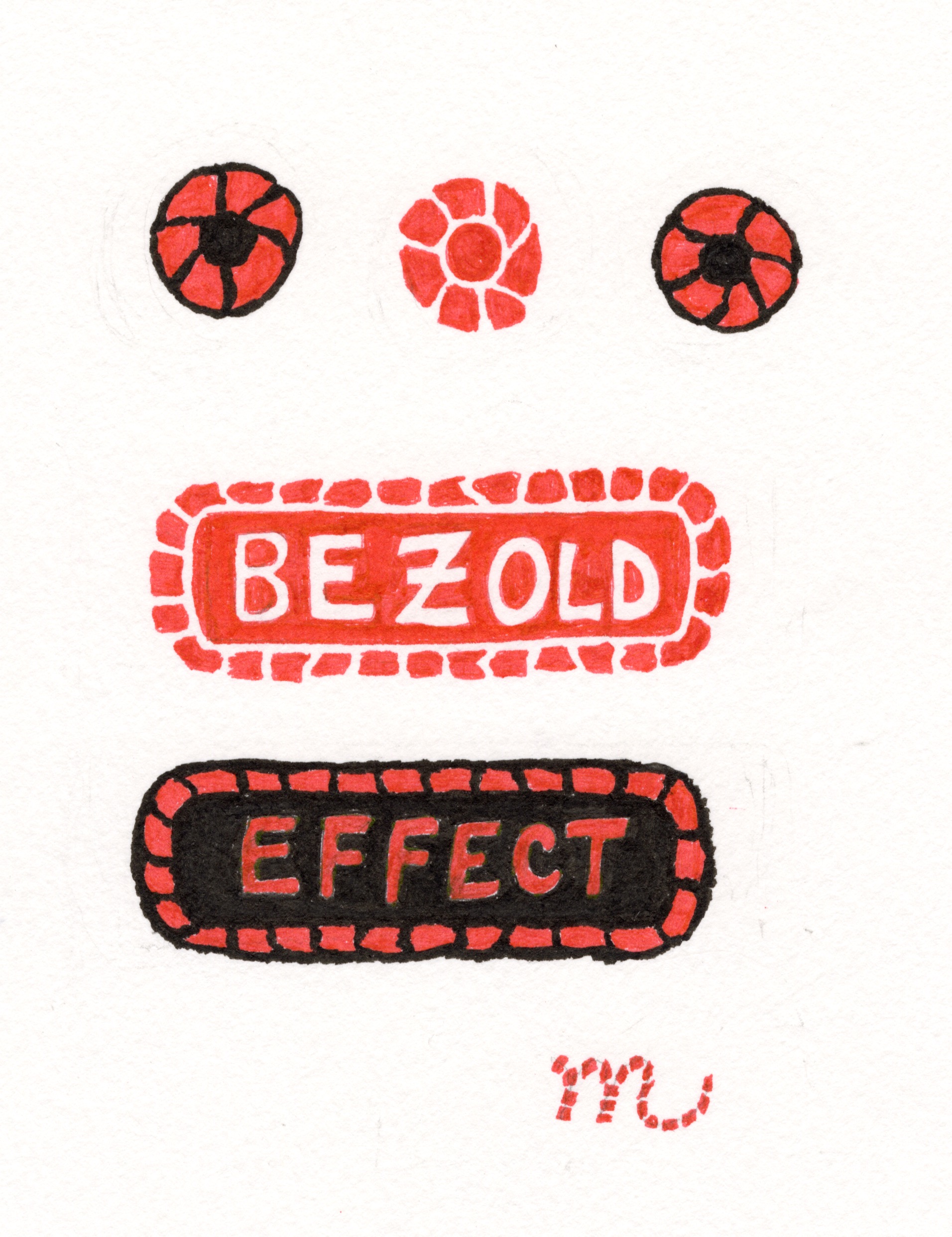

Have you been taking opioids with little or no effect on your chronic pain? If so, it’s time to consider a different approach. Our board-certified physicians at Summit Spine & Joint Centers are committed to helping you find alternate, sustainable ways to treat your pain without relying exclusively on opioids. Working with experienced health care professionals can ensure you are only prescribed opioids when absolutely necessary. Continued opioid use despite these problems.Trouble functioning in daily life as the result of opioid use, such as at work or home.Trying unsuccessfully to reduce or control your use of opioids.Taking opioids for a longer period of time than needed or intended.Taking opioids in larger doses than prescribed.Opioid disorder is defined as a pattern of opioid use that impairs your ability to function or negatively affects your life in some way. Patients who take higher doses of opioids (50 or greater MME per day), especially long-term, are more at risk to develop opioid disorder. No matter the dose of opioid prescribed, your physician will always carefully review the risks and benefits with you, and continue to reevaluate your needs to determine the effectiveness of your treatment plan in relation to the side effects and risk. The CDC recommends avoiding these dosages. Very high dosages are 90 or greater MME a day. Patients taking 50 or greater MME daily are more at risk for problems related to opioid use. Lower dosages are considered to be 20-50 MME a day, with 50 or greater considered to be a higher dose. Pain management physicians should prescribe the lowest effective dose to reduce your pain, although caution is used when considering opioids even at the lowest possible dose. MME dosages for opioids are separated into a few different categories. MME measurements can help prevent opioid disorder and its resulting consequences, including accidental overdose and death. Sometimes referred to as morphine equivalent doses (MED), MME can help physicians better follow the Centers for Disease Control and Prevention (CDC) guidelines for prescribing opioids for patients who need them for chronic pain. This can ensure physicians prescribe safe, effective doses for their patients. Using morphine as the standard, MME is a tool for doctors to compare different drugs in a simplified, unified measurement. MME stands for morphine milligram equivalents, a measurement pain management physicians use to determine how different opioids relate to each other.

If you live with chronic pain and have been prescribed opioids, you may have heard of MME.


 0 kommentar(er)
0 kommentar(er)
